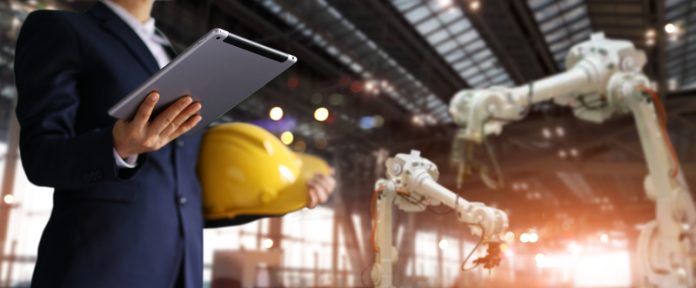New research by Powertools2U has outlined the benefits and negatives of artificial intelligence and what the technology can bring to the construction industry
The use of artificial intelligence has significantly increased over the last few years and has been implemented into the construction sector to bring about advancements in risk mitigation, safety and generative design processes.
Risk Mitigation
By using Construction Language Analysis, from tools such as Autodesk BIM 360 software, algorithms are able to understand complex data and predict potential problems.
Safety
Researchers from Waterloo University in Canada have discovered that by using AI technology in the construction industry and scanning software, they can track the body movement of bricklayers to analyse their form in order to reduce the amount of injuries on-site.
In addition, AI lends itself to face recognition to ensure complete safety and to authorise qualified professionals.
Generative design process
AI can be used to measure a project’s parameters which is then fed into a computer which understands the data and requirements of their physical location.
Design options are then generated and sent to the architect to match the needs of the client.
Drawbacks
Alternatively, the technology’s ability to replicate human work has also led to a dramatic job loss which has impacted the sector’s current workforce.
According to leading design and consultancy firm, Arcadis, a shortfall in human workers has led to an increase of AI in the construction industry.
Arcadis have said that the construction sector needs to recruit over 400,000 workers each year between now and 2021 to keep up with demand. They added that this figure does not include the amount of workers the UK will lose out on due to Brexit.
Research conducted by international construction company Mace, predicts that 600,000 jobs could be lost within the construction industry out of the 2.2 million positions currently held, all of which will be lost to automation by 2040.
Unfortunately, brick layers are set to be hit the most with 73,000 workers expected to drop to 4,300
With the amount of AI in the construction industry, many have predicted when we will see a human-free construction force.
The following estimations include:
2018 – Saas Solutions permeate the industry
2019 – AR and IoT go mainstream
2020 – Pre-fabrication and 3D productions soar
2021 – Regulations allow 24/7 drone monitoring of projects
2022 – self-guided machines appear on-site
2023 – AI allowed to manage first project
2024 – Autonomous machine takes over
2025 – Decline in human workforce – rise of tech
For more on AI in the construction industry.














